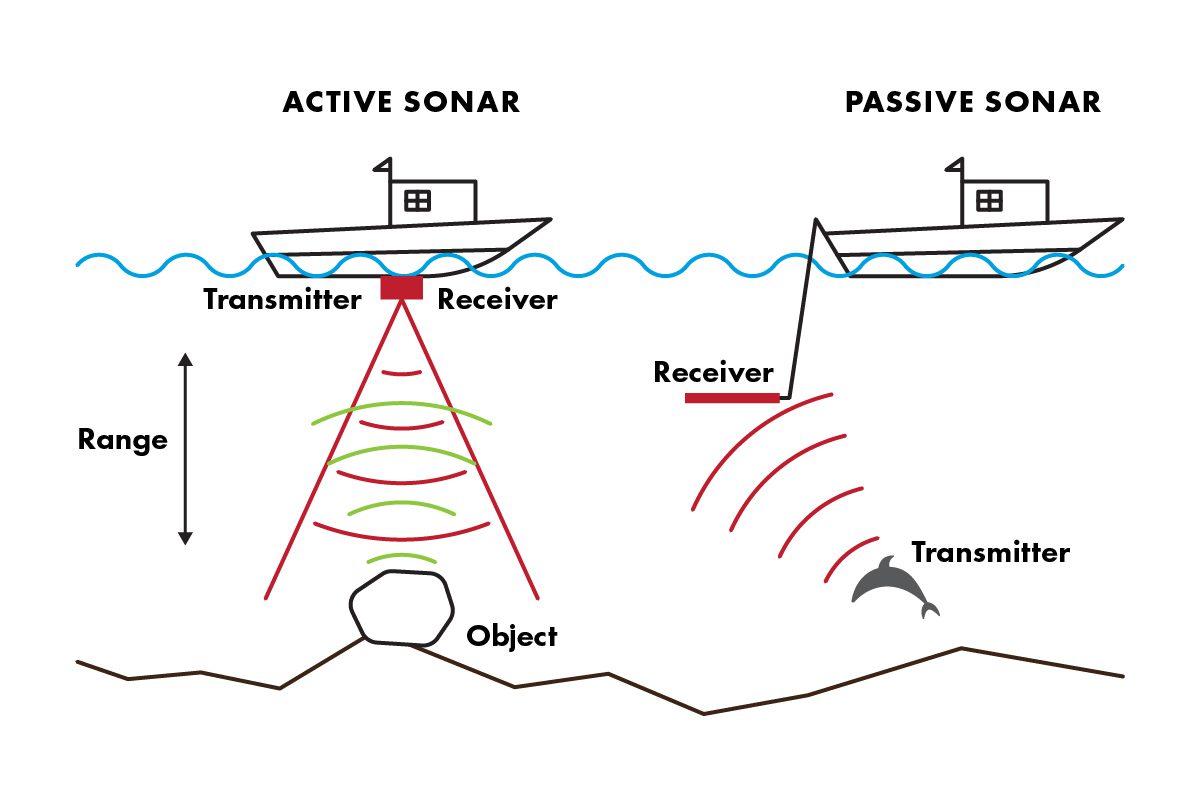RADAR
RADAR stands for RAdio Detection And Ranging.
It is a form of radio-location.
It works by sending radio waves in short pulses which are reflected by objects back to itself. These pulses are created by a transmitter and sent out by its antenna. When the radio wave is reflected back the antenna will receive it. A receiver then detects these waves and amplifies them to be converted into video.
 The radar can also detect the radial velocity of an object. This is due to the Doppler effect, which is the apparent change in the frequency of a wave relative to an observer as it moves. (E.g an ambulance siren's pitch changes as it drives past you). By measuring the different in the frequency of the wave when it is emitted and when it is received once it is reflected back. Doppler radars are often used in meteorology and aviation.
The radar can also detect the radial velocity of an object. This is due to the Doppler effect, which is the apparent change in the frequency of a wave relative to an observer as it moves. (E.g an ambulance siren's pitch changes as it drives past you). By measuring the different in the frequency of the wave when it is emitted and when it is received once it is reflected back. Doppler radars are often used in meteorology and aviation.
Radar was initially used by the military in World War 2 but now they are often utilised in detecting the speed of cars, tracking satellites and in meteorology is used to detect how far away precipitation is and it's speed.
Sources:
How Radar Works
Radar - Wikipedia
Doppler effect - Wikipedia
Doppler Radar - Wikipedia
SONAR
SONAR stands for SOund Navigation And Ranging.
Quite similarly to the radar, it works by emitting a sound wave and it reflecting off of objects, and the data this reflected wave contains is analysed.
There are two types of sonar: active and passive
Active:
A sound wave is produced and emitted by a transducer (a sound generator). This is then reflected by the object and received again by the transducer.
Passive:
Instead of emitting sound waves, passive sonar is used to detect noise from items such as whales or submarines. This is advantageous to military underwater vehicles since they do not emit their own signal therefore are harder to detect. Data such as the range of an object cannot be measured with just one passive sonar, however.
Sonar is used in oceanography for mapping oceans and is used as opposed to radar because sound waves travel faster in water than radio waves.
Sources:
LIDAR
LIDAR stands for LIght Detection And Ranging or Laser imaging Detection And Ranging
Instead of radio or sound, it emits light (a laser beam) to be reflected from objects and received again.
Lidar can operate in one fixed direction or multiple and enables 3D scanning of objects. It was first used in the 1960s and now has many applications; it is often used in making maps, archaeology, and autonomous vehicles.
It is advantageous to radar since it can provide data in a higher resolution and can detect smaller objects since light waves have a much shorter wavelength than radio waves.
Tesla CEO Elon Musk has criticised Lidar, stating that it is too expensive and unnecessary, that "it is ridiculous to fill the car with these devices". However, most of his competitors who manufacture self-driving cars use Lidar, and there have been many cases where Tesla' cameras which it uses for self-driving have resulted in failures and accidents.
Sources:
APPLE'S FACE RECOGNITION (the dots)
For face identification Apple uses a TrueDepth camera along with AI to recognise facial features.
TrueDepth captures an infrared image of your face while projecting thousands of dots on the surface of it to map it. The AI algorithm processes this infrared image and analyses its data. Then your device converts the image into a facial signature, which works the same as a password.
Sources:
 The radar can also detect the radial velocity of an object. This is due to the Doppler effect, which is the apparent change in the frequency of a wave relative to an observer as it moves. (E.g an ambulance siren's pitch changes as it drives past you). By measuring the different in the frequency of the wave when it is emitted and when it is received once it is reflected back. Doppler radars are often used in meteorology and aviation.
The radar can also detect the radial velocity of an object. This is due to the Doppler effect, which is the apparent change in the frequency of a wave relative to an observer as it moves. (E.g an ambulance siren's pitch changes as it drives past you). By measuring the different in the frequency of the wave when it is emitted and when it is received once it is reflected back. Doppler radars are often used in meteorology and aviation.


Comments
Post a Comment